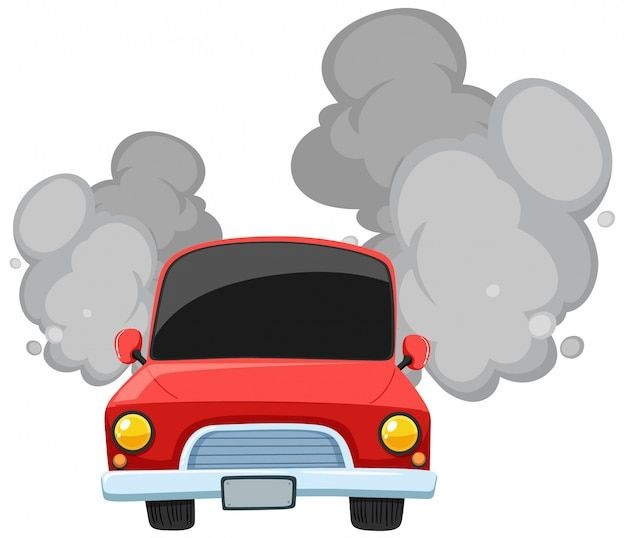Car exhaust serves to expel combustion byproducts, such as carbon dioxide and pollutants, from the engine. It helps improve air quality by reducing harmful emissions and contributes to overall vehicle performance.
In the world of automobiles, the color of smoke emanating from a car’s exhaust can be an important indicator of its overall health. Let’s explore the different colors of exhaust smoke and what they might reveal about your vehicle’s condition.
1: White Smoke : White smoke often indicates coolant or water vapor entering the combustion chamber. This could be a sign of a blown head gasket, a cracked cylinder head, or a damaged intake manifold. It’s crucial to address this issue promptly to prevent further engine damage.

2: Black Smoke : Black smoke is usually associated with a rich fuel mixture. This can be caused by issues such as a faulty fuel injector, a clogged air filter, or a malfunctioning sensor. Addressing the root cause can improve fuel efficiency and reduce emissions.
3: Blue Smoke : Blue smoke is commonly linked to burning oil, suggesting oil is making its way into the combustion chamber. Potential causes include worn piston rings, valve seals, or a malfunctioning PCV system. Identifying and fixing the source of oil consumption is essential to maintain engine performance.
4: Gray Smoke : Gray smoke may indicate an oil or transmission fluid leak. It’s important to differentiate between blue and gray smoke, as both can be associated with oil-related issues. Consulting a mechanic for a thorough inspection is advisable.
Understanding the colors of car exhaust smoke is like deciphering the language of your vehicle. Regular maintenance and prompt attention to unusual exhaust smoke can help prevent major engine problems. If you notice persistent smoke or have concerns about your car’s performance, consulting a professional mechanic is the best course of action. You would also be saving humanity with a little less pollution.
*RANDOM CAR FACT* White is the most popular car colour.






